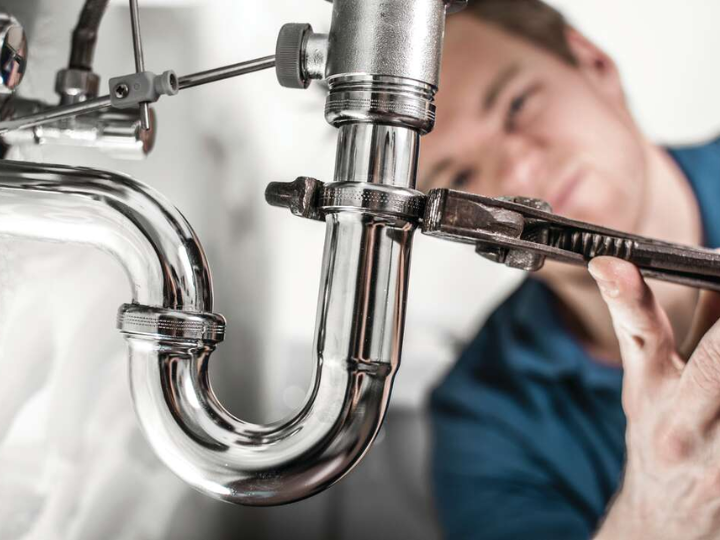Introduction:
Empower yourself as a homeowner by taking proactive steps to maintain your plumbing system with these DIY tips. While some plumbing issues require professional attention, many routine tasks can be handled independently to prevent problems before they start. In this blog post, we’ll guide you through simple DIY plumbing maintenance tips to keep your home’s water flowing smoothly.
- Check for Dripping Faucets:
- Fixing a dripping faucet is often a straightforward task that can save you money on your water bill. Replace worn-out washers or cartridges to stop the annoying drip and conserve water.
- Inspect and Clean Gutters:
- Clear debris from your gutters regularly to prevent water backup that can lead to leaks and damage. This simple task helps protect your roof, foundation, and overall plumbing system.
- Test and Maintain Your Sump Pump:
- Ensure your sump pump is in working order by pouring water into the pit. If the pump activates and removes the water efficiently, it’s doing its job. Clean the pump and pit periodically to prevent clogs.
- Unclog Drains Naturally:
- Instead of relying on harsh chemicals, use a mixture of baking soda and vinegar to unclog drains. This eco-friendly solution helps break down debris and keeps your drains flowing smoothly.
- Inspect Toilet Components:
- Check the toilet tank for any signs of leaks. Test the flapper and fill valve for proper operation, and replace any worn-out parts. This prevents water wastage and potential water damage.
- Examine Water Heater Pressure Relief Valve:
- Regularly check the pressure relief valve on your water heater to ensure it’s functioning correctly. Lift and release the valve’s lever to allow water to flush through, preventing sediment buildup.
- Insulate Exposed Pipes:
- Protect your pipes from freezing during winter by insulating exposed areas. This simple step can prevent costly issues like burst pipes and water damage.
- Fix Running Toilets:
- A running toilet can waste a significant amount of water. Adjust or replace the flapper and float valve as needed to restore proper flushing and conserve water.
Conclusion:
By incorporating these DIY plumbing maintenance tips into your routine, you can actively contribute to the health and longevity of your home’s plumbing system. While it’s crucial to know your limits and call professionals for complex issues, these simple tasks empower you to tackle minor plumbing issues and prevent larger, more costly problems. Remember, a little DIY maintenance goes a long way in keeping your home’s water flowing smoothly.
